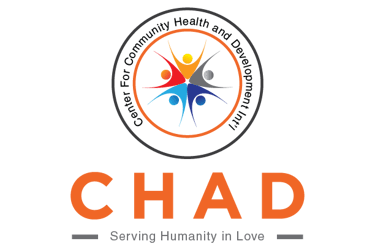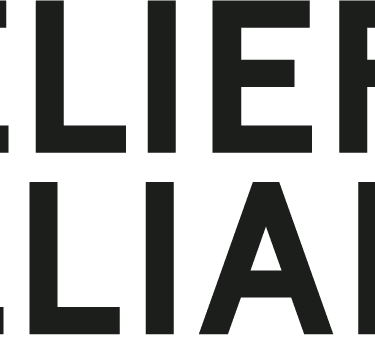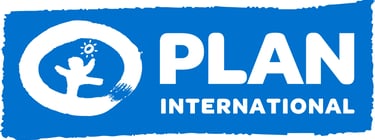Dutch NGOs Joint Humanitarian Response for Floods in Nigeria
Use this space to introduce yourself or your business to site visitors. Share who you are, what you do, and the purpose of this website.
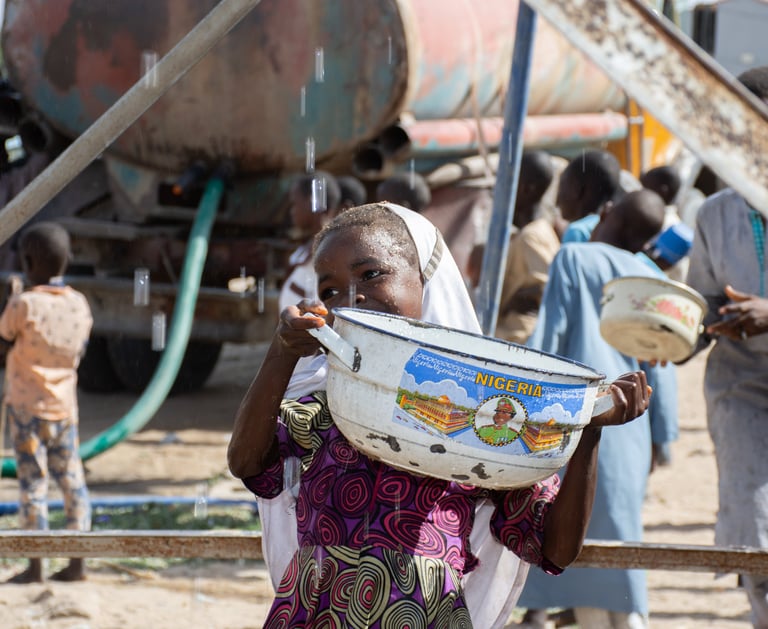

Project Overview
In 2024, heavy rainfall caused severe flooding across Nigeria, affecting 31 states and over one million individuals. Borno State, in the northeast, was among the hardest hit, with over 414,000 people severely impacted. Before the flood of September 10, 2024, northeast Nigeria was already facing an acute food crisis, and conflict involving non-state armed groups. The floods in Borno State, triggered by heavy rainfall, and exacerbated by the breaking of the Alau Dam in Konduga Local Government Area (LGA), caused extensive damage to infrastructure, crops, and shelters, severely impacting livelihoods and displacing households. According to the National Emergency Management Agency (NEMA), fast-moving floodwaters submerged over 70% of Maiduguri city. The UN Office for the Coordination of Humanitarian Affairs (OCHA) estimates that over 400,000 people in Borno State were displaced, with 37 deaths and 58 injuries reported.
Displaced families were forced to relocate to both former and operational internally displaced persons' camps, which quickly reached full capacity and were unable to provide adequate safe drinking water, food, and basic non-food items (NFIs). Schools were also being used as temporary shelters, further disrupting children's education. To ensure early return to pre-flood state, and to stimulate resilience, government authorities began closing former IDP camps and relocating displaced populations from schools back to their communities, where water levels had receded. Sadly, protection and Gender-Based Violence (GBV) risks spiked, particularly for women, adolescents, and children. Reports indicated an increasing number of separated and unaccompanied children in IDP camps. The lack of child-friendly spaces, combined with overcrowding and the destruction of schools, further exacerbated children's vulnerabilities.
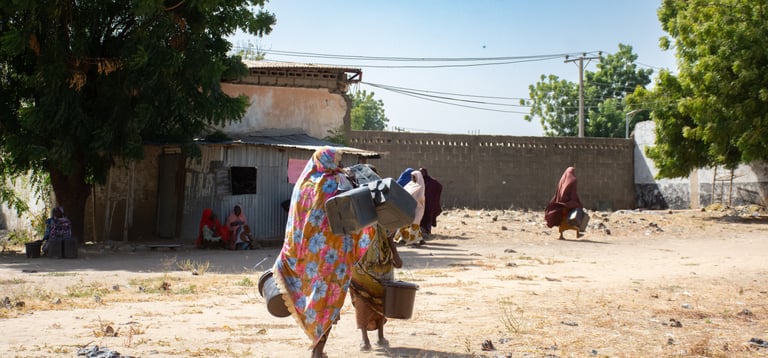

CHAD International: What we did
Key activities under this joint response include:
Distributing essential supplies: Providing hygiene/dignity kits to 1,000 of the most vulnerable individuals, with a special focus on adolescent girls and women, and distributing WASH kits to 1,500 households.
Improving water access: Providing water purification tablets, rehabilitating damaged water points, and implementing emergency water trucking to reach 21,000 individuals with safe drinking water.
Community engagement: Supporting and/or re-establishing Water Management Committees by training 65 community members and training hygiene promoters to focus on preventing waterborne diseases like cholera.
Hygiene promotion: Conducting extensive social and behavioral change communication campaigns reaching 72,692 individuals with crucial messages on hygiene, safe water transport and storage, handwashing, sanitation, and the prevention of diarrheal diseases and other communicable diseases.
Project Impact
Number of people having regular access to soap to meet hygienic needs (15,300 persons)
24,431 persons have regular access to soap, ensuring improved personal hygiene and reducing the risk of hygiene-related diseases.
Percentage achievement: 160%
Number of people having access to dignified, safe, clean and functional excreta disposal facilities (6,260 persons)
8,660 persons now have access to dignified, safe, clean, and functional excreta disposal facilities, enhancing sanitation and public health conditions.
Percentage achievement: 138%
Number of people having access to sufficient and safe water for domestic use (70,090 persons)
The project provided 104,542 persons with sufficient and safe water for domestic use, improving overall household health and hygiene.
Percentage achievement: 149%
Number of people reached with hygiene promotion/awareness raising activities (137,942 persons)
A total of 457,521 persons were reached through hygiene promotion and awareness-raising activities, fostering better hygiene practices and disease prevention.
Percentage achievement: 332%
